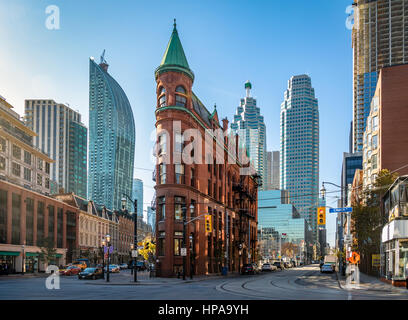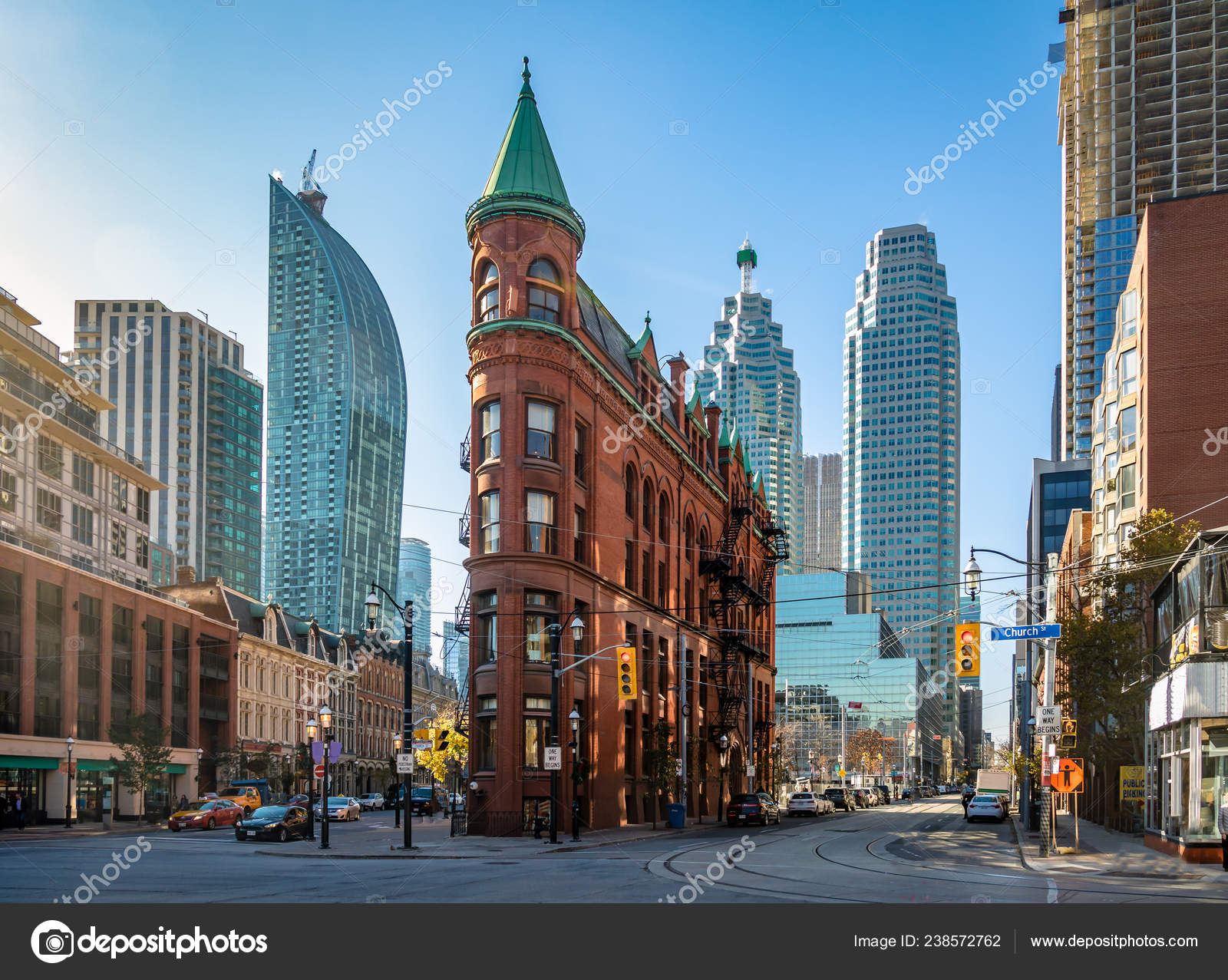Gooderham Building Entrance Fee: Information for Tourists About Costs.: How Weather and Close-by Spots Can Make It Memorable.
Gooderham Building Entrance Fee: Information for Tourists About Costs.: How Weather and Close-by Spots Can Make It Memorable.
Blog Article
Reveal the Rich History Behind the Gooderham Building in Toronto
The Gooderham Building, an exemplary symptom of Richardsonian Romanesque architecture in Toronto, has a storied past that extends past its striking red brick façade. Commissioned by the prominent Gooderham and Worts distillery in 1891, this structure has actually played a pivotal function in forming the city landscape of the St. Lawrence Market location.

Beginnings of the Gooderham Building
Constructing a lasting tradition, the Gooderham Structure, likewise recognized as the Flatiron Structure, arised as a sign of Toronto's architectural development in the late 19th century. The structure's origins trace back to 1891 when it was appointed by the Gooderham and Worts distillery, one of copyright's biggest distilling companies. Developed by engineer David Roberts Jr. Gooderham Building address., the structure was uniquely placed at the junction of Front and Wellington Streets, making the most of a triangular great deal created by the convergence of these highways
The structure's construction made use of neighborhood red brick and terracotta, developing a distinct aesthetic that enhanced the growing cityscape. Initially planned to house the Gooderham and Worts workplaces, the structure stood for the prosperity of the distillery, which had come to be a considerable contributor to Toronto's economy. Notably, the completion of the Gooderham Building corresponded with a duration of fast urbanization that characterized the era.
The facility of this building gem not only showcased innovative style yet likewise prepared for future advancements in Toronto. Today, it stands as a testimony to the city's rich history and adaptability, remaining to bring in visitors and admirers from around the world.
Architectural Significance
The architectural relevance of the Gooderham Building extends past its unique flatiron shape, reflecting the cutting-edge spirit of late 19th-century style. Finished in 1892, the structure exhibits the Richardsonian Romanesque style, characterized by its robust masonry, rounded arches, and detailed describing. The bold usage of different materials, especially the warm red block and limestone accents, boosts its visual allure and shows the workmanship of the era.
The building's three-story design is notable for its harmonious proportions and elegant cornice, which add to its iconic silhouette versus the Toronto horizon. The narrow great deal on which it stands postured one-of-a-kind challenges, yet the engineers, in this instance, developed a framework that made best use of the readily available area while maintaining aesthetic equilibrium.
In Addition, the Gooderham Building is a testament to the versatility of architectural style in metropolitan environments. Its enduring presence amidst modern-day advancements illustrates the worth of preserving historical architecture as a means of recognizing a city's past. Today, it continues to be a precious landmark, mirroring both the building patterns of its time and the progressing narrative of Toronto as a dynamic metropolitan facility.
Role in Toronto's Growth
Arising as a vital gamer in Toronto's urban landscape, the Gooderham Structure added dramatically to the city's advancement during the late 19th century. Constructed in 1892, this iconic pile stood for not just the architectural ambitions of the time but additionally the expanding economic landscape of Toronto. The building was originally designed to serve as a stockroom for the Gooderham and Worts distillery, which was among the biggest distilleries in the British Realm. Its calculated location at the crossway of Front and Wellington Streets promoted the movement of goods and services, emphasizing the area's relevance in the city's industrial tasks.
As the city increased, the Gooderham Structure became an important element of the St. Lawrence Market area, which was a hub of trade and business. In essence, the Gooderham Building is not image source just an architectural landmark; it played a pivotal function in shaping Toronto's identification and economic growth during a transformative period in its background.
Social Effect and Heritage
Gooderham Building's distinct architectural design and historical value have actually left an enduring mark on Toronto's social landscape. As one of the city's most recognizable spots, its special flatiron shape and complex brickwork exemplify the Victorian building trends of the late 19th century. This framework not only acts as an aesthetic anchor in the St. Lawrence neighborhood however additionally symbolizes the spirit of a growing city during an age of economic development.
The structure has ended up being an icon of Toronto's abundant background, inspiring neighborhood artists and digital photographers that seek to record its appeal. Its presence has promoted a sense of community identity, adding to the narrative of urban growth. The Gooderham Structure has actually played a pivotal role in the tourism field, drawing in visitors anxious to discover its fabled past and building beauty.
In addition to its aesthetic appeal, the structure encapsulates a narrative of durability and adjustment, as it has actually transitioned via numerous uses over the decades - Gooderham Building address. Hence, the Gooderham Structure stands not just as a monument of building importance yet also as a testimony to the evolving cultural heritage of Toronto

Restoration and Conservation Initiatives
Numerous repair and preservation initiatives have actually been taken on to make sure the Gooderham Building stays an essential part of Toronto's architectural heritage. Originally completed in 1892, the building has actually gone through substantial improvements to address architectural concerns while maintaining its historical stability. One of the most remarkable restoration took place in the late 20th century when the building was meticulously reconditioned to meet modern security standards without jeopardizing its initial layout components.
These initiatives included repairing the unique red-brick façade, restoring the famous triangular form, and protecting the complex masonry information. Additionally, the building's inside has seen mindful updates that respect its historic significance, making certain that original features such as wooden light beams and decorative moldings are preserved.
The Gooderham Building is now secured as a marked heritage residential or commercial property under the Ontario Heritage Act, which aids safeguard it from inappropriate alterations. Community interaction has actually played an important function in these preservation efforts, with regional campaigning for teams increasing understanding regarding the building's historical importance. Therefore, the Gooderham Structure stands not only as a useful space but likewise as a testimony to Toronto's rich building history and enduring social legacy.
Conclusion

Please visit one of our local supporters - Gamerama And The Repair Store - Toronto Iphone Repair Shop
Report this page